

This comprehensive guide explores the world of thumb screws, covering their types, applications, and how to choose the perfect one for your needs. We'll delve into the specifics of various designs, materials, and sizes to help you make informed decisions. Whether you're a seasoned DIY enthusiast or a professional engineer, this resource will equip you with the knowledge to confidently select and utilize thumb screws in your projects.
These are the most common type of thumb screws, featuring a knurled head for a secure grip. The knurling provides excellent traction, making them easy to tighten and loosen by hand. They are available in a wide range of sizes and materials, making them suitable for various applications. Consider the material carefully; steel is strong and durable, while plastic offers a lighter, often corrosion-resistant alternative. The depth of the knurling also impacts grip; deeper knurling provides more grip, but can be less comfortable for prolonged use. Many sizes and types are available at reputable hardware suppliers.
Wing thumb screws have extended wings or wings, providing increased leverage and making them particularly easy to operate, even with gloves or limited dexterity. This design makes them ideal for applications requiring frequent adjustments or where access is limited. They are commonly used in electronics, machinery, and automotive applications. Stainless steel is a frequent choice for corrosion resistance.
These thumb screws feature a slot in the head, allowing for tightening and loosening using a screwdriver. While not as convenient as knurled or winged varieties for simple adjustments, slotted thumb screws can provide a more precise level of torque control. This makes them a suitable option when high clamping force is needed.
Often used in applications requiring a self-centering action, the spherical head of the ball-point thumb screw automatically adjusts to slightly uneven surfaces. This ensures a consistent and secure clamping force.
The material of your thumb screw significantly impacts its durability and suitability for specific environments. Common materials include:
When selecting a thumb screw, consider factors such as:
The best thumb screw for your project depends on several factors. Consider the material being fastened, the frequency of adjustments needed, the environment, and the required clamping force. For example, a knurled steel thumb screw might be suitable for securing a metal panel in a machine, while a winged plastic thumb screw could be better suited for an electronics enclosure.
Sourcing high-quality thumb screws is crucial for ensuring the longevity and reliability of your projects. For a wide selection of thumb screws and other fasteners, consider exploring reputable suppliers online or at your local hardware store. For international sourcing options with a focus on quality and reliability, consider exploring suppliers such as Hebei Muyi Import & Export Trading Co., Ltd. They offer a diverse range of industrial supplies and fasteners, providing various options to suit different project needs.
Remember to always check the specifications and ensure the thumb screws you choose are appropriate for your intended application.


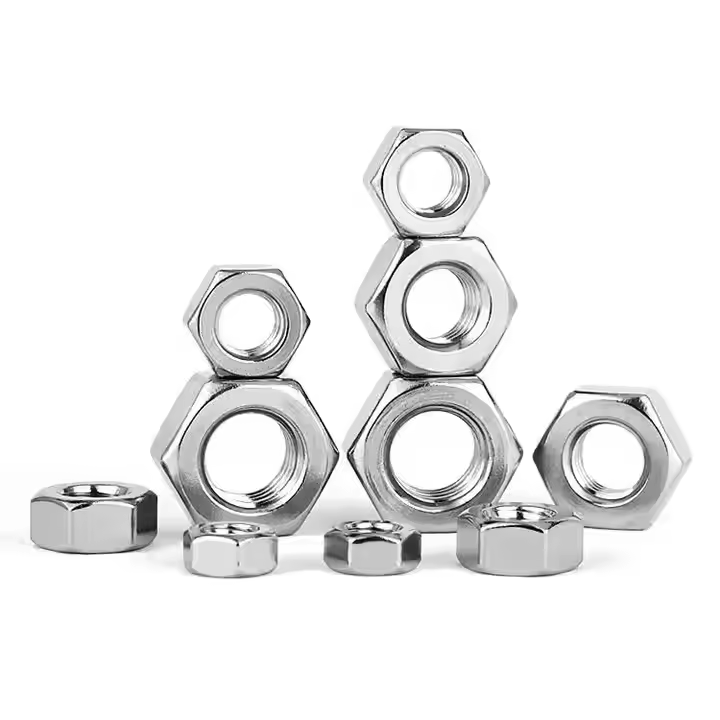
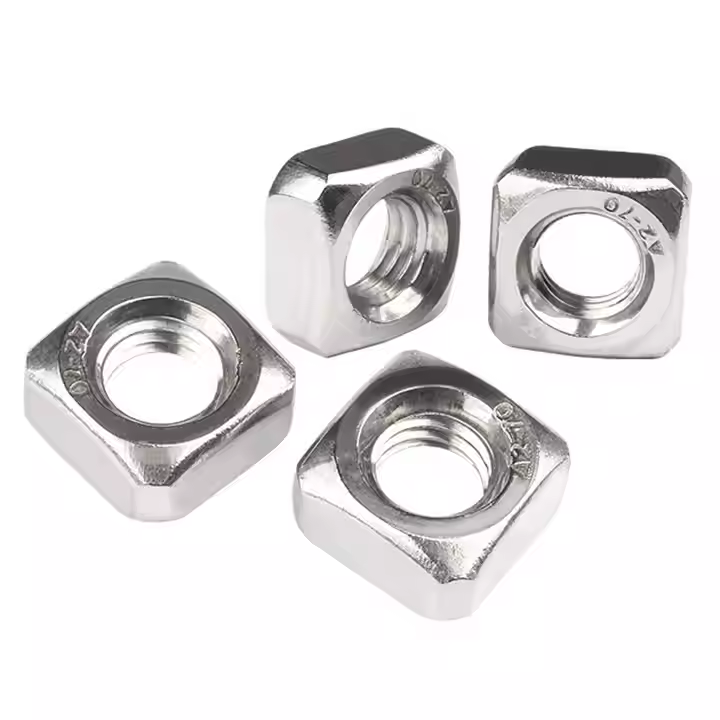

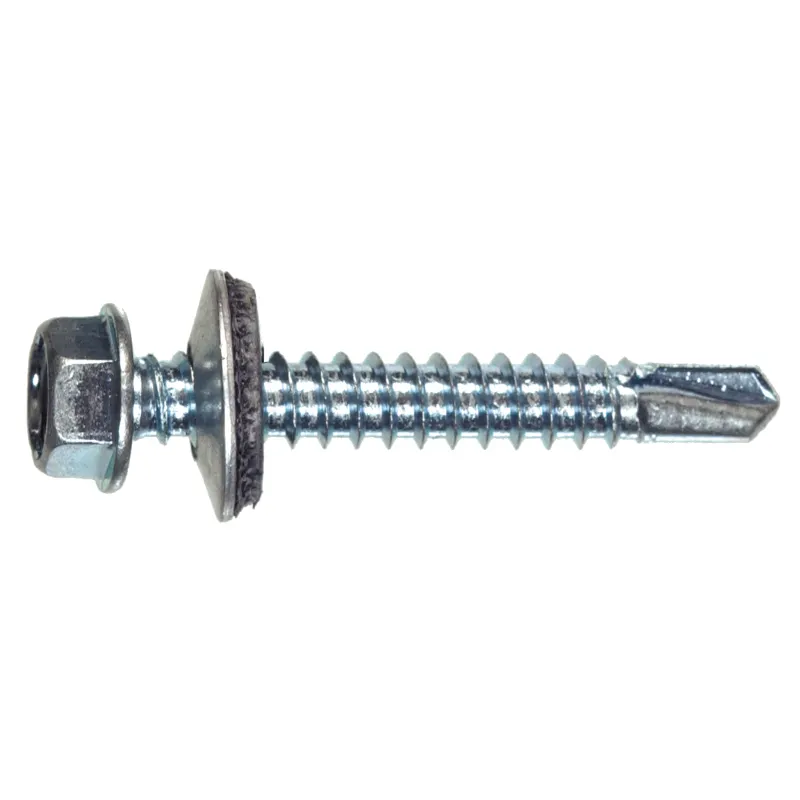
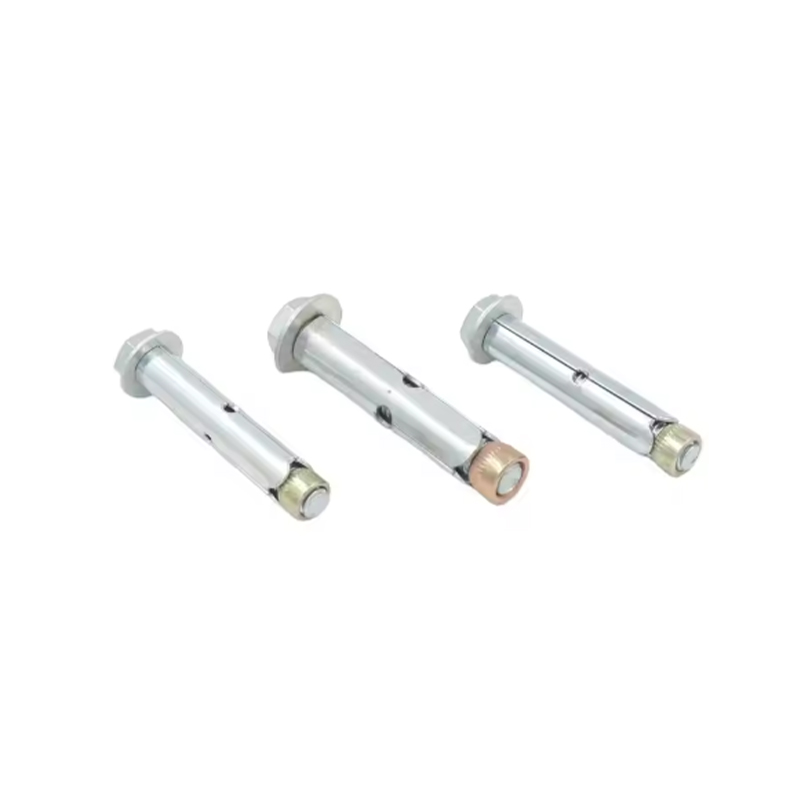
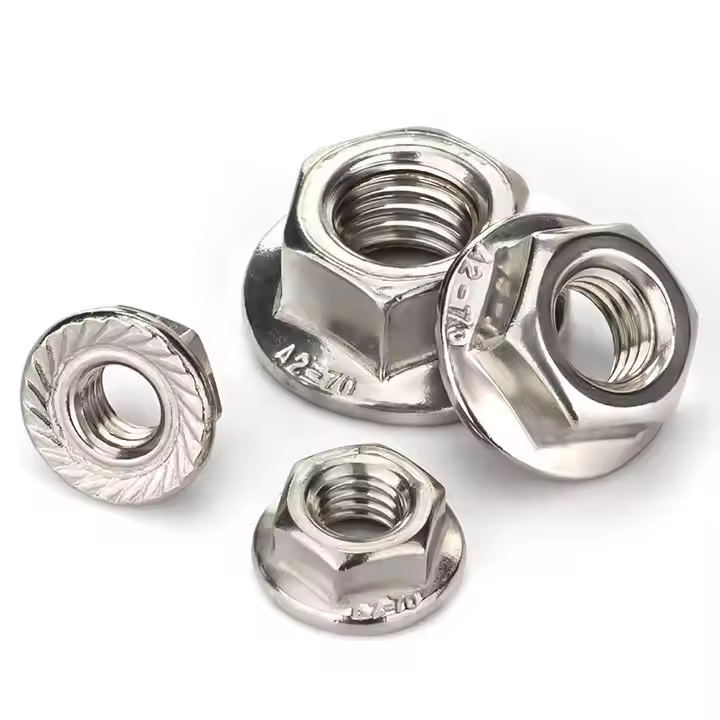
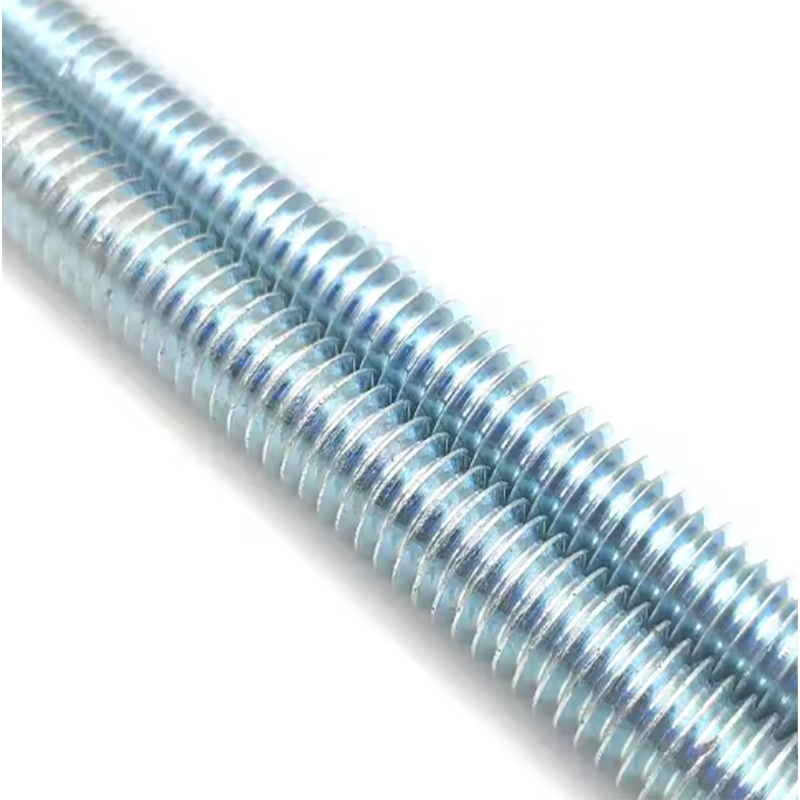

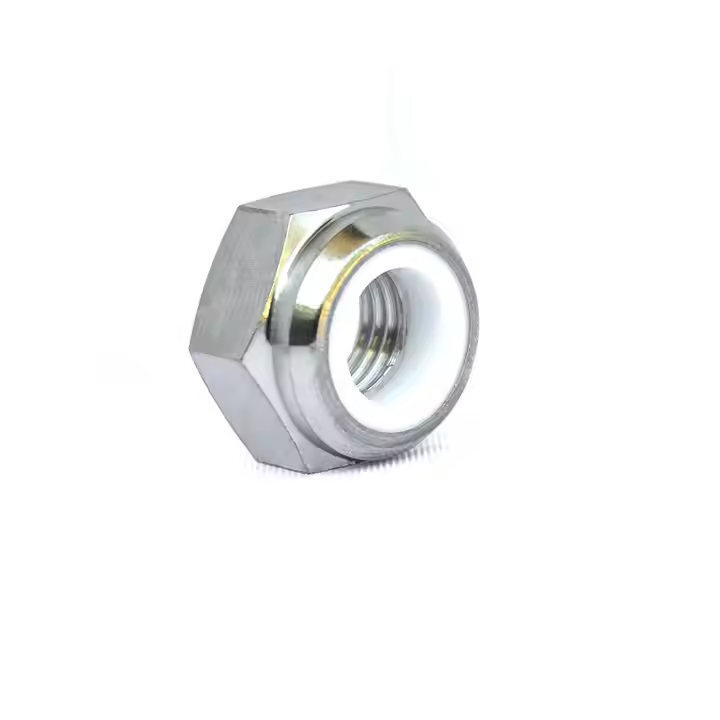
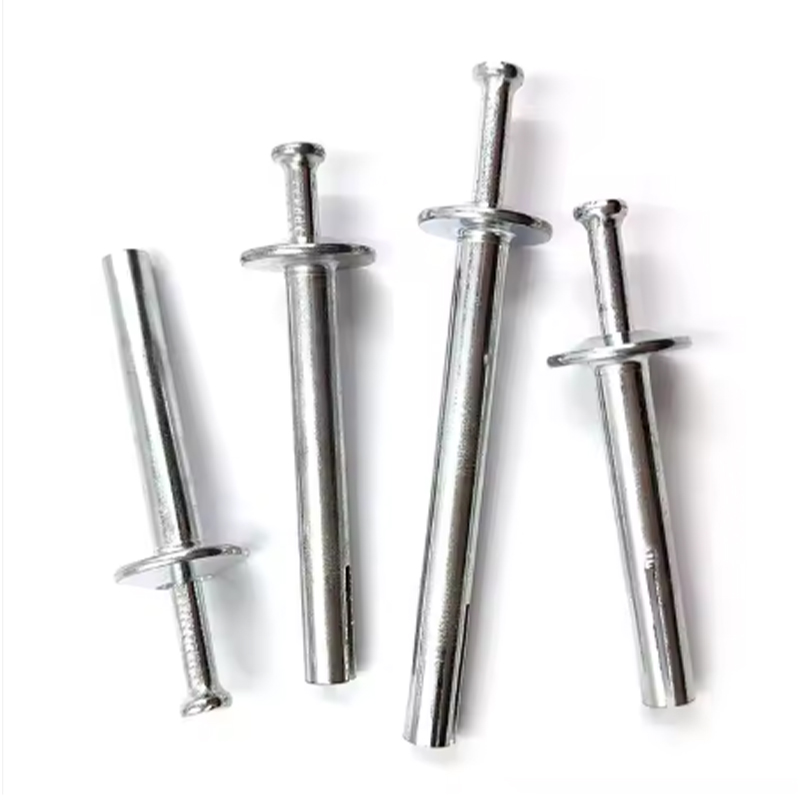
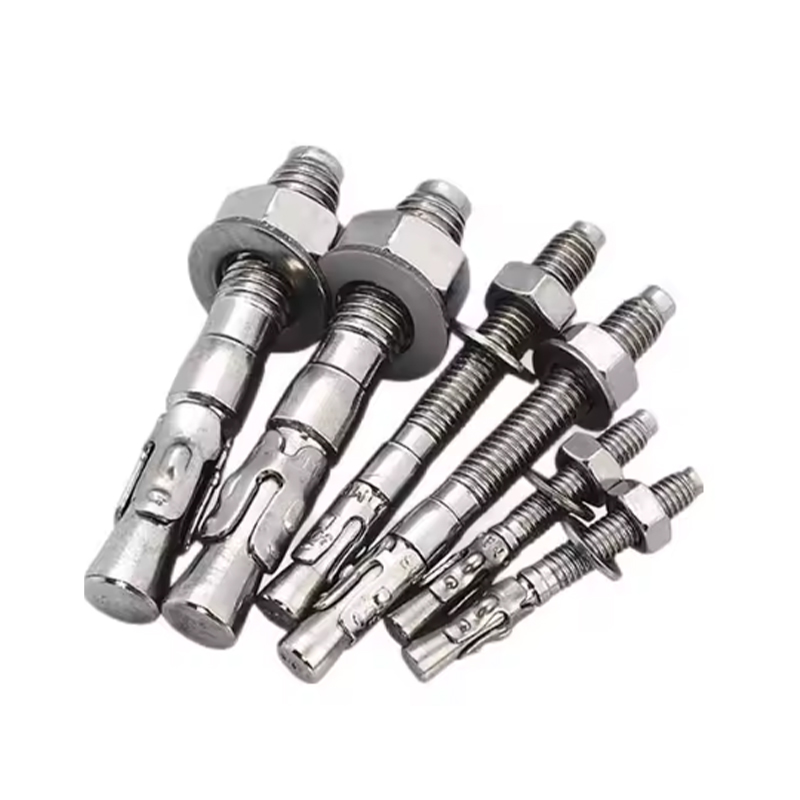
Please enter your email address and we will reply to your email.